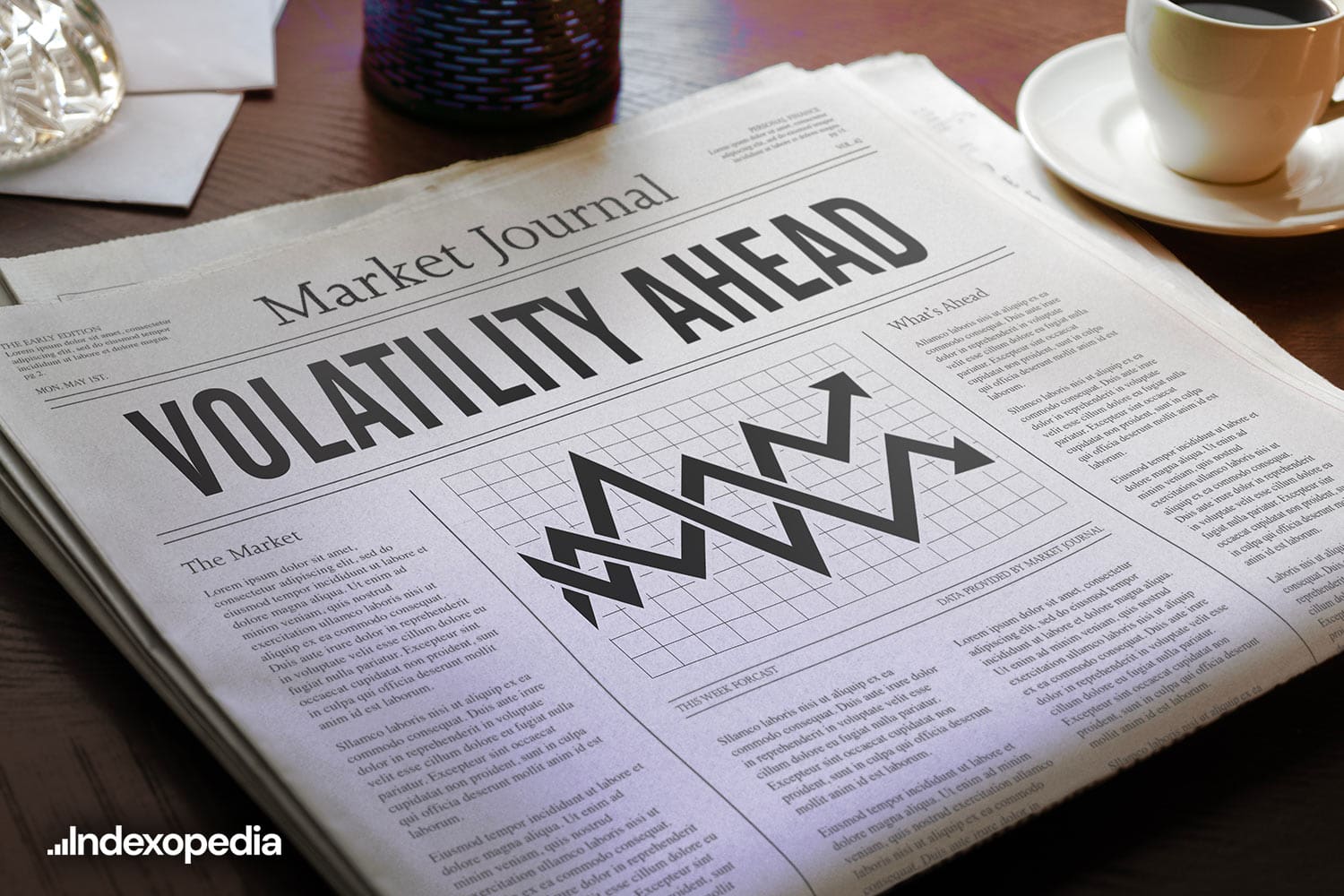

Volatility, often referred to as the “wild ride” of the financial markets, is a crucial concept that investors must comprehend to make informed decisions. It can be both a source of risk and opportunity, shaping investment outcomes. In this article, we will explore the nature of volatility, how it is measured, and how investors can better understand and manage it. Volatility is essentially the degree of variation or fluctuation in the price of a financial asset over time. It reflects the market’s uncertainty and is a key indicator of an asset’s potential for rapid price changes. High volatility implies greater price swings, while low volatility suggests more stable and predictable price movements. Volatility is quantified using various mathematical tools, with the most common being standard deviation and historical volatility. 1. Standard Deviation This statistical measure assesses the dispersion of a set of data points from their average. In investing, it gauges how much an asset’s price deviates from its average price. A higher standard deviation indicates greater volatility. 2. Historical Volatility This measure is derived from an asset’s past price movements over a specific period.